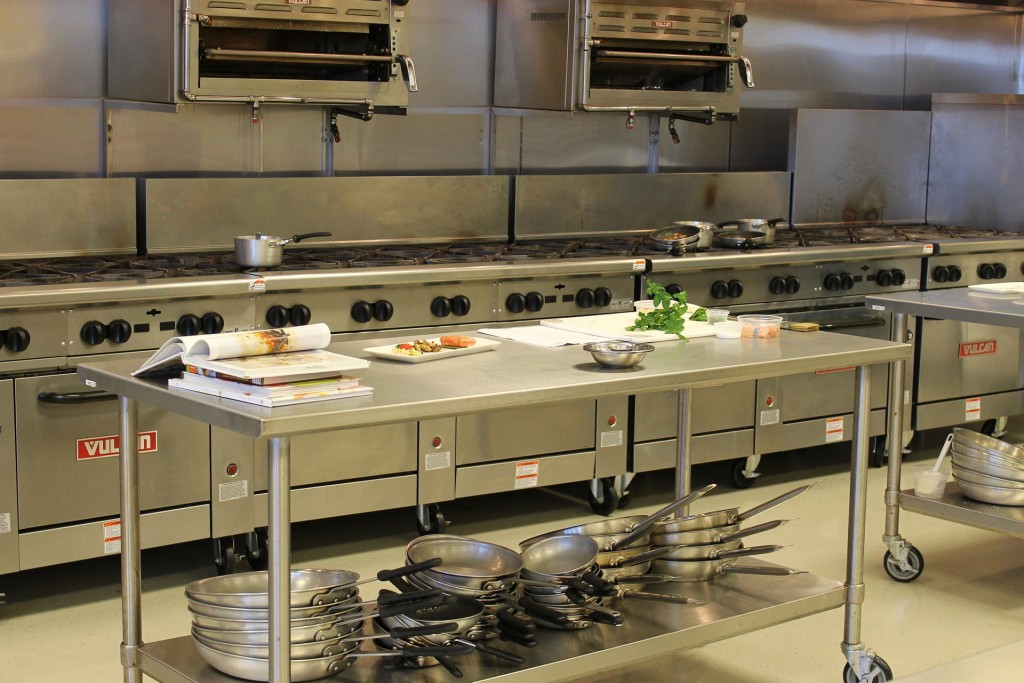When you are relocating or starting a new restaurant business, you’ll probably have to transport your kitchen equipment. Because many of the units used in a commercial kitchen are big and bulky with a lot of sharp or delicate parts, they are usually difficult to move and potentially dangerous. Aside from the difficulty and potential danger, you’d not want to cause any property or equipment damage in the process.

The fact that soul food restaurants usually have several kitchen appliances makes moving a much bigger undertaking. As such, hiring professional movers who specialize in moving restaurant equipment might be the best course of action. Letting a licensed and insured professional handle the move helps to reduce the potential danger. But if you decide to go this route, you’ll want to ask about policies and get a few quotes. In this way, determining the best company to hire is a lot easier.
However, you can always complete the task yourself, especially if you have enough workforce. If you decide not to engage professional business moving services, you’ll want to keep the following in mind.
1. Properly Disconnect
Before any move, make sure you disconnect all your kitchen appliances properly. Because you would otherwise run the risk of electrical shock, scalds from hot food or liquid spills, radiation, burns, machine blockage, and fire, proper disconnection is arguably the most important safety measure when moving restaurant equipment.
Once disconnected, you should allow enough time for the equipment to cool down and reach room temperature. Remember, thawing your freezers is just as important as allowing your cooking equipment to cool down completely.
It goes without saying that you should not transport any of your kitchen appliances with food in them. Food left inside a disconnected equipment is likely to spoil, and this could result in a potentially huge mess.
2. Clean and Pack
Before the move, you must clean each piece of equipment thoroughly. In addition to removing all your shelves and trays, you’ll want to be sure you’ve packed them separately. For instance, you must remove all of the internal metal racks from your ovens and all the utensil racks from your dishwashers. If you fail to detach or remove these items, they can shake around, become damaged or adversely impact the unit’s functionality.
Pay special attention when packing small kitchen appliances. Wrap sharp objects such grinders and knives with care, and make sure you label each package appropriately. For blenders and mixers, deconstruct any that have multiple, movable parts and wrap each carefully.
3. Shrink-Wrap Before Transport
Before you move your kitchen appliances into a moving truck, make sure you have them shrink-wrapped with plastic moving wrap. Apart from keeping all the drawers and doors from opening, shrink wrapping helps to protect the exterior surface against scrapes and prevents dust and debris from penetrating through the featured gaps.
4. Lift Carefully
When moving large appliances, you’ll want to lift with care. Even if you have people assisting, use of specialized tools like forearm lifting straps and dollies might make the load a lot more tolerable. Make sure everyone involved lifts with their legs and not with their backs. Lifting with your back is known to cause back injuries.


